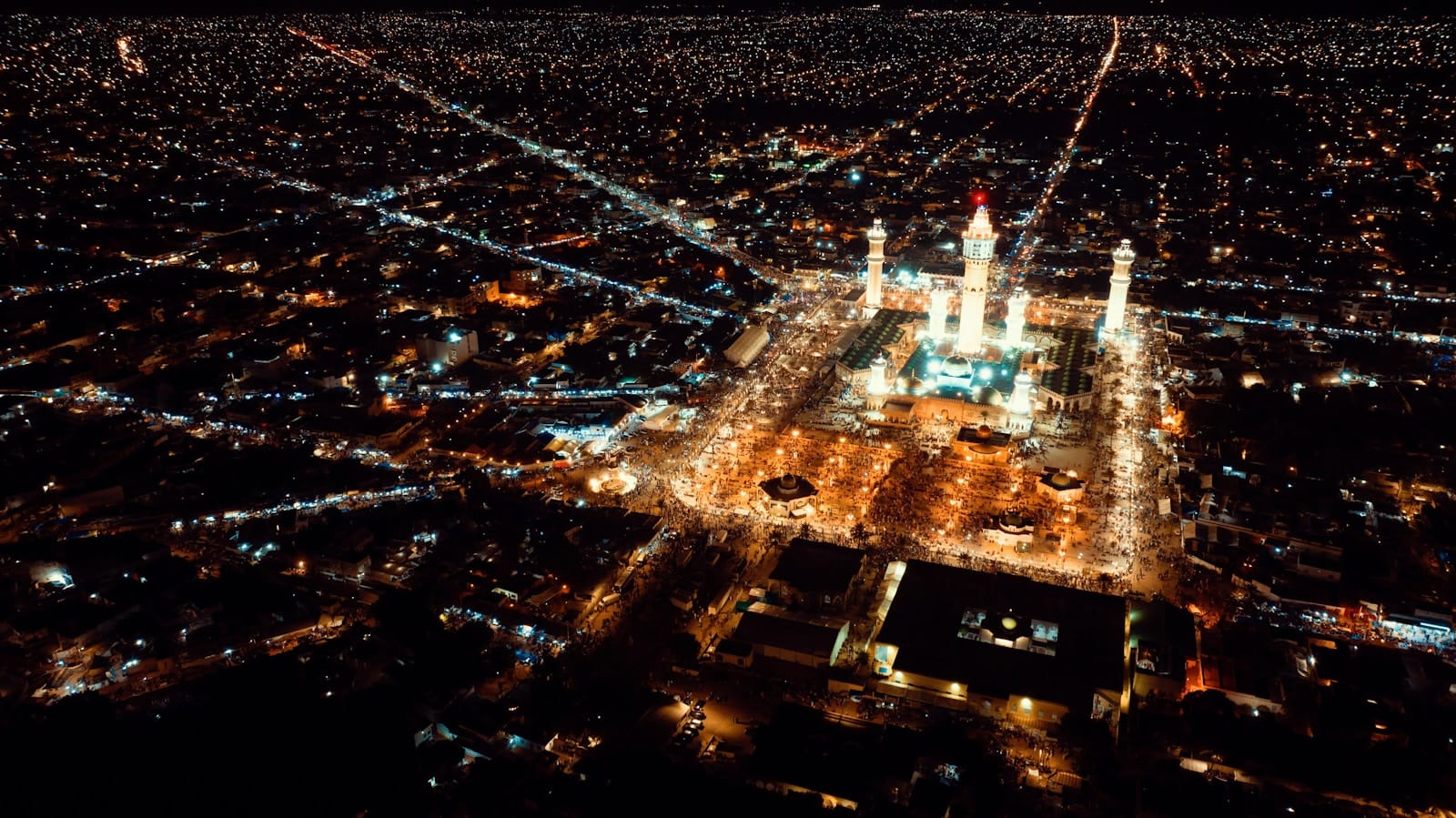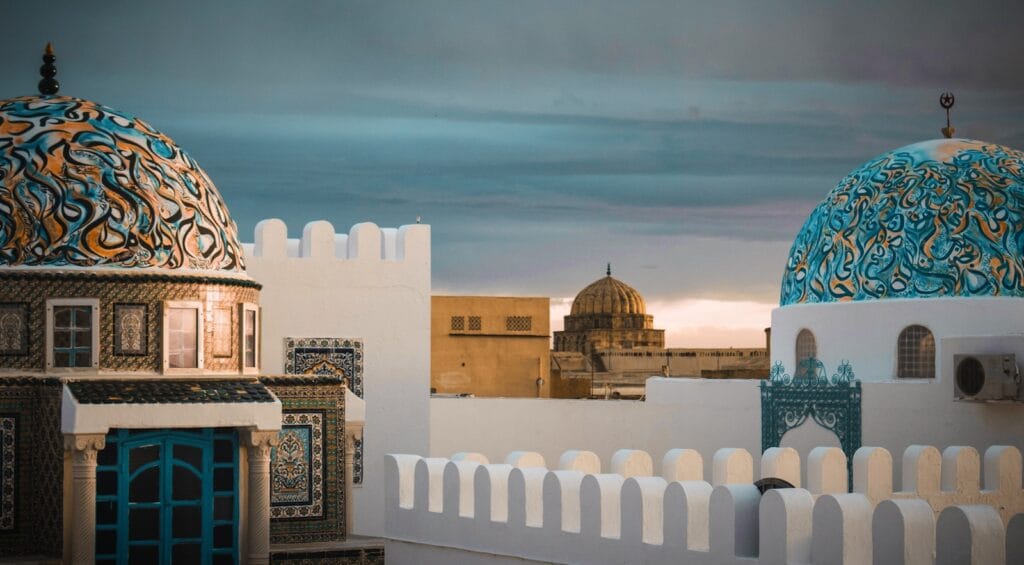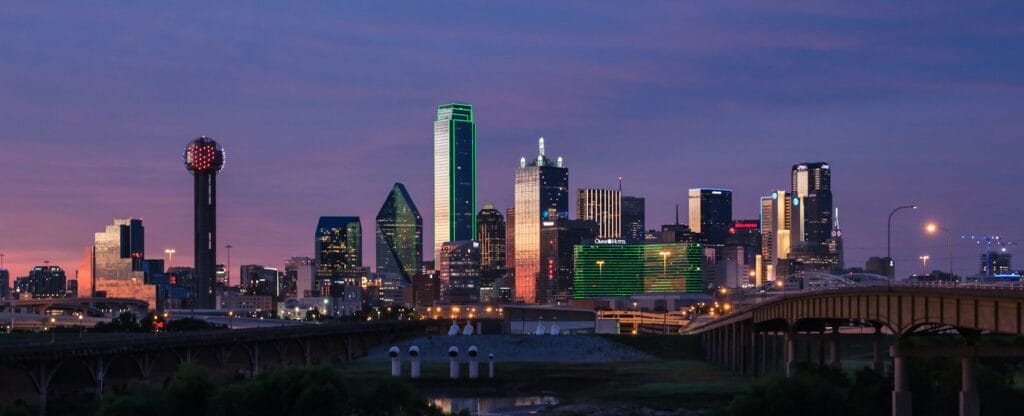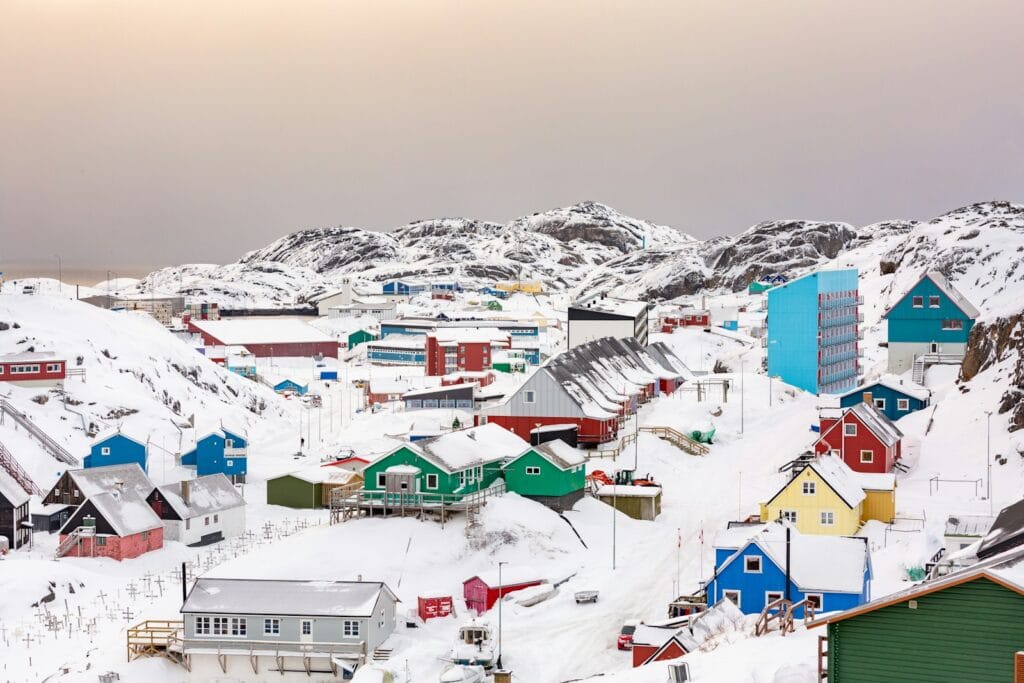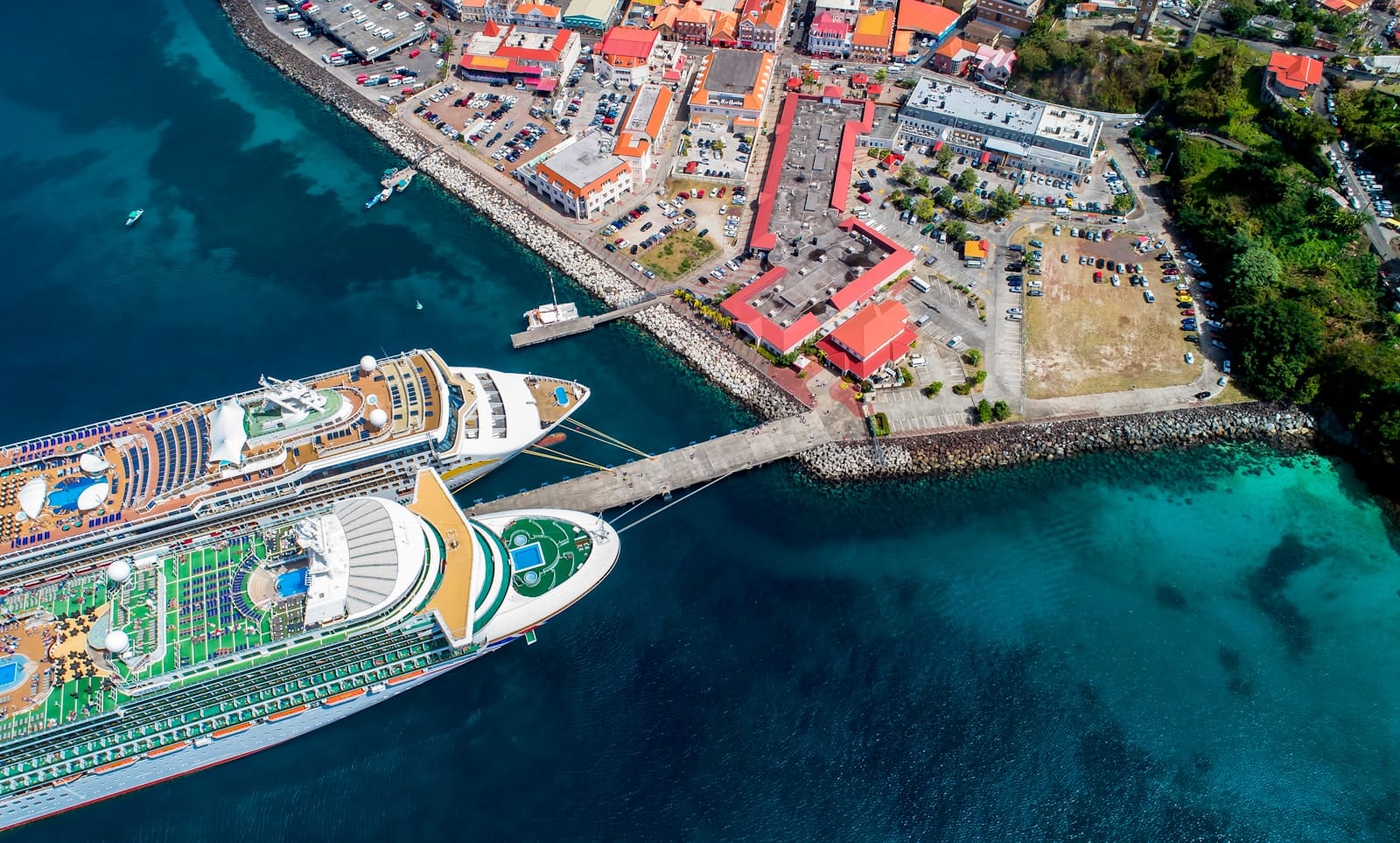Senegal Travel Guide: Rhythmic Streets, Coastal Charm & Cultural Soul
Intro to Senegal Travel Guide
Senegal is West Africa at its most welcoming — vibrant cities, soulful music, white-sand beaches, and deep-rooted culture wrapped in famous Teranga (hospitality). From the lively markets of Dakar to the colonial charm of Saint-Louis, and from mangrove-laced Casamance to the remote desert of Lompoul, Senegal is diverse, peaceful, and full of rhythm.
Here, the call to prayer blends with djembe drums. Wrestlers are celebrities, and the baobab tree is sacred. Whether you want to dance to mbalax, track wildlife in a safari park, or reflect at Gorée Island, Senegal offers more than a trip — it’s a journey of connection.
Start planning with our complete Senegal Travel Guide, featuring regional breakdowns, cultural insights, travel costs, food tips, and the best things to do across this extraordinary country.
💡Quick Facts:
Destination: Senegal
Continent: Africa
Country: Senegal
Administrative Division: 14 regions including Dakar, Thiès, Saint-Louis, Ziguinchor
Area: 196,722 km²
Population: ~18 million
Density: ~91 people per km²
Capital: Dakar
Regions/Subregions: Cap-Vert Peninsula, Casamance, Petite Côte, Sine-Saloum Delta, Saint-Louis
Official & Regional Languages: French (official), Wolof, Pulaar, Serer, Jola, Mandinka
Currency: West African CFA Franc (XOF)
Time Zone(s): Greenwich Mean Time (GMT) – no daylight saving
Airports: Blaise Diagne International (DSS – near Dakar), Ziguinchor (ZIG), Cap Skirring (CSK)
Climate: Tropical – dry and rainy seasons, hot year-round
Known For: Goree Island (UNESCO), Pink Lake (Lac Rose), Sine-Saloum Delta, music and dance culture, hospitality (teranga), African Renaissance Monument
🛂Arrival Info:
Senegal maintains a tourism-friendly visa policy for most global travelers.
Visa-free: Up to 90 days for citizens of the EU, UK, U.S., Canada, Australia, Japan, and over 60 other countries.
Visa required: For some Asian and Middle Eastern countries; must apply in advance.
eVisa: Not currently operational (as of 2024); apply through consulates if needed.
Stay extension: Possible through local immigration offices with valid justification.
Official updates: Senegal Ministry of Foreign Affairs
💉Health Info:
Routine vaccines: MMR, DTP, Hepatitis A, Typhoid, COVID-19.
Required: Yellow fever vaccination certificate for all travelers over 9 months.
Recommended: Hepatitis B, Rabies (for rural travel), Meningitis (dry season).
Malaria: High risk — prophylaxis recommended year-round.
Medical care: Acceptable in Dakar; very limited in rural areas.
Tap water: Not recommended — stick to bottled or treated water.
Travel insurance: Strongly advised, especially with evacuation coverage.
– Senegal Ministry of Health
✅ Check travel insurance options for travel emergencies, delays, and medical needs abroad — get coverage here
✅ Stay Informed with Official Updates: World Health Organization – International Travel and Health | Travel health updates
🚨Travel Advisory:
– Senegal is one of West Africa’s most stable countries; protests occasionally occur in Dakar
– Petty theft is possible in crowded markets or transport hubs
– Avoid political demonstrations and follow local news updates
– Roads can be hazardous at night outside major cities
✅ Stay Informed with Official Updates: US Travel Advisory | UK Foreign Travel Advice
📅Holidays:
– Independence Day (April 4): National pride and military parades
– Grand Magal of Touba (date varies): Major Mouride religious pilgrimage
– Tabaski (Eid al-Adha): Celebrated widely with feasts and family gatherings
– Tamkharit (Islamic New Year): Traditional couscous dishes and children’s customs
– Christmas (December 25): Observed by Christian communities
💰Visitor Info:
– Currency: West African CFA Franc (XOF); 1 USD ≈ 600 XOF (check live rates)
– ATMs are available in major cities but limited in rural zones
– Credit card use is growing but still limited; carry cash for markets and taxis
– Tipping is customary: round up or offer 5–10% in restaurants
– Budget: $40–$60/day | Mid-range: $80–$140/day | Luxury: $180+/day
✈️Airports:
– Senegal is a regional air hub in West Africa with growing international connectivity:
– Blaise Diagne International Airport (DSS) – Main airport near Dakar (~50 km).
– Carriers: Air Senegal, Delta, Turkish Airlines, Emirates, Air France.
– Cap Skirring Airport (CSK) – Serves the Casamance beach region (seasonal).
– Ziguinchor (ZIG) – Domestic connections in southern Senegal.
✅ Delayed or canceled flight? Check if you’re eligible for compensation
🚍Transport:
– Taxis are common but negotiate price in advance (no meters)
– Buses and minibuses (car rapides) serve local routes – colorful but often overcrowded
– Intercity transport via private minibuses or bush taxis (sept-places)
– Ferries operate from Dakar to Gorée Island and Ziguinchor (Casamance ferry)
– No metro; ride-hailing apps like Heetch and Yango available in Dakar
✅ Book reliable airport transfers and in-city rides in advance. Reserve your ride here
📶Connectivity:
– SIM cards from Orange, Free, and Expresso widely available and affordable
– Dakar has solid 4G; coverage is weaker in rural zones
– eSIM supported by select providers; verify device compatibility
– Public Wi-Fi in hotels, upscale cafés; not always reliable
– Use a local SIM for best data speeds and prices
✅ Stay connected abroad with affordable eSIM data packs. Get your eSIM here
📜Laws & Etiquette:
– Legal drinking age: 18, though alcohol is less common outside tourist areas
– Dress modestly, especially in religious or rural communities
– Public displays of affection are discouraged
– Homosexuality is criminalized – LGBTQ+ travelers should exercise discretion
– Teranga (hospitality) is deeply embedded in Senegalese culture – greetings are important
– Ask permission before photographing people or sacred sites
🛡️Emergency Info:
– Emergency: 17 (police), 18 (fire), 15 (ambulance)
– U.S. Embassy in Dakar
– UK Embassy
– Local Red Cross
✅ Use embassy locator tools: Embassies Worldwide
🌦️Weather:
– Dry season: November to May – best time to visit, especially December–February
– Rainy season: June to October – expect humidity, rainstorms, and lush landscapes
– Temperatures range from 25–35°C year-round
– Coastal areas like Dakar are cooled by sea breezes; interior regions can be hotter
✅ Stay prepared—check the weather forecast for your destination — Weather Forecast
Senegal by Region – Where to Go
Senegal’s key regions span coastline, desert, forest, and savannah — each offering a distinct travel experience.
Cap-Vert Peninsula (Dakar & Surrounds)
- Dakar – The cosmopolitan capital with markets, live music, beaches, and modern museums.
- Gorée Island – UNESCO-listed island and sobering site of the Atlantic slave trade.
- Lac Rose (Lake Retba) – A surreal pink lake caused by salt-loving algae and high salinity.
- Ngor Island & Yoff – Laid-back fishing villages just outside Dakar with beaches and surf.
Petite Côte & Sine-Saloum Delta
- Saly – A beach resort town popular for relaxation, watersports, and nightlife.
- Popenguine & Toubab Dialaw – Art communities and eco-retreats along the coast.
- Sine-Saloum Delta – Mangrove-filled wetlands with birdlife, fishing villages, and pirogue tours.
Northern Senegal
- Saint-Louis – A former colonial capital on an island, rich in jazz, architecture, and history.
- Djoudj Bird Sanctuary – A UNESCO biosphere reserve with flamingos, pelicans, and over 300 bird species.
- Lompoul Desert – Senegal’s mini-Sahara, offering camel rides and overnight camps.
Casamance (Southern Senegal)
- Ziguinchor – Cultural heart of the south with colonial buildings and lush scenery.
- Cap Skirring – Stunning beaches with laid-back resorts and Afro-Creole hospitality.
- Oussouye & Diembering – Traditional Diola villages with sacred forests and spiritual practices.
Eastern Senegal
- Tambacounda – A gateway to the inland parks and rural life.
- Niokolo-Koba National Park – Senegal’s largest wildlife reserve, home to antelope, hippos, baboons, and lions.
- Kédougou – Rolling hills, waterfalls, and remote Bedik and Bassari tribal villages.
Top Places to Visit in Senegal
Cultural & Historic Sites
- Gorée Island – A powerful reminder of the transatlantic slave trade.
- Saint-Louis – French colonial streets, creole houses, and jazz rhythms.
- African Renaissance Monument (Dakar) – The tallest statue in Africa.
Natural Wonders & Wildlife
- Lac Rose – Photogenic pink lake with salt harvesting.
- Niokolo-Koba Park – UNESCO-protected park for guided safari treks.
- Djoudj Bird Sanctuary – One of the world’s most important bird sanctuaries.
Beaches & Islands
- Cap Skirring – Pristine beaches, palm groves, and artisan markets.
- Ngor Island – Surf spots and fish grills minutes from Dakar.
- Saly & Toubab Dialaw – Beach getaways with a creative and relaxed vibe.
How to Choose Where to Go in Senegal
- For culture and history: Dakar, Gorée Island, Saint-Louis, and Ziguinchor.
- For wildlife and nature: Niokolo-Koba, Djoudj, and the Sine-Saloum Delta.
- For beach lovers: Cap Skirring, Saly, Ngor Island, and Toubab Dialaw.
- For offbeat adventure: Kédougou, Lompoul Desert, and Casamance villages.
You can combine coastal relaxation with cultural immersion and inland exploration in a 10–14 day itinerary.
How to Get Around Senegal
- Taxis (Dakar & Cities) – Cheap and everywhere; negotiate the price before entering.
- Car Rental with Driver – Common and safer than self-driving for longer trips.
- Buses & Sept-Places – Shared bush taxis for regional travel; budget-friendly but rough.
- Domestic Flights – Flights to Ziguinchor and Cap Skirring save time.
- Boats/Pirogues – Used for river crossings and mangrove tours, especially in Sine-Saloum.
Tip: For comfort and safety, use arranged transfers or guided transport for interregional travel.
Travel Budget & Costs in Senegal
Average Daily Costs:
- Budget: $30–50/day (local eats, shared taxis, guesthouses)
- Mid-range: $70–130/day (private rooms, excursions, better meals)
- Luxury: $200–400+/day (resorts, flights, safaris, private drivers)
Sample Prices:
- Museum entry: $1–4
- Gorée Island ferry: ~$6 round trip
- Local meal (thieboudienne): $3–6
- Hotel (mid-range): $50–100/night
- Safari tour (Niokolo-Koba): $100–200+
Money-saving tips:
- Eat at daaras (local eateries)
- Travel during low season (May–June)
- Share excursions with other travelers
Best Time to Visit Senegal
Dry Season (November–April):
- Ideal weather, clear skies, best for travel
- Peak for festivals like Saint-Louis Jazz Festival and Dakar’s art fairs
Green Season (May–October):
- Hot and humid; lush countryside
- Fewer tourists; great for birdwatching
Avoid: August–September if you dislike heat and unpredictable rains.
Must-See Experiences in Senegal
- Take a ferry to Gorée Island, walking through the House of Slaves
- Sleep under the stars in a Lompoul desert camp
- Listen to live mbalax music in a Dakar club
- Snorkel off Ngor Island, then eat fresh fish on the beach
- Watch pelicans soar in Djoudj, a haven for migratory birds
- Visit Diola villages in Casamance, experiencing masked dances and sacred groves
- Join a wrestling match (laamb) in Dakar or Saint-Louis
- Hike the hills of Kédougou, meeting Bedik and Bassari villagers
Browse handpicked Senegal tours and authentic things to do in Senegal — from cultural immersion to nature-based escapes.
Best Travel Itineraries in Senegal
Classic Senegal – 7 Days
- Dakar → Gorée Island → Saint-Louis → Saly
Perfect intro to culture, coast, and colonial history.
Wild South – 8 Days
- Dakar → Ziguinchor → Cap Skirring → Casamance villages
For beaches, forest, and cultural connection.
Safari & Culture – 10 Days
- Dakar → Lompoul → Saint-Louis → Djoudj → Niokolo-Koba → Tambacounda
Wildlife lovers’ dream with historical and desert flavor.
Senegal & The Gambia – 12 Days
- Dakar → Sine-Saloum → Banjul (The Gambia) → Ziguinchor → Cap Skirring
Great for regional immersion and river exploration.
Local Cuisine & Culinary Experiences
Senegalese food is flavorful, rice-based, and deeply communal — always best shared.
Must-Try Dishes
- Thieboudienne – Senegal’s national dish of fish, vegetables, and tomato rice
- Yassa Poulet – Chicken marinated in lemon and onions
- Mafé – Groundnut (peanut) stew with beef or lamb
- Pastels – Fried fish pastries served with spicy sauce
- Cebbu Yapp – Beef and rice seasoned with rich spices
Drinks:
- Bissap – Hibiscus juice, tangy and refreshing
- Bouye – Baobab fruit drink, creamy and vitamin-rich
- Gazelle or Flag beer – Popular local lagers
- Ataya – Strong, minty tea served in three rounds during conversation
Join a cooking class, eat in a family compound, or try dishes at open-air markets for authentic flavors.
Travel Safety & Cultural Etiquette in Senegal
Safety Overview
- One of West Africa’s safest countries for tourists.
- Crime is rare outside of petty theft in crowded areas.
- Women travelers are generally safe; modest dress is advised.
Cultural Etiquette
- Greet with “As-salaam alaykum” (Muslim areas) or “Bonjour” (Francophone norm)
- Respect elders and community customs
- Dress conservatively in villages and mosques
- Remove shoes before entering homes or sacred spaces
- Always ask before taking photos, especially in rural areas
Where to Go Next – Pair Senegal with These Destinations
- The Gambia – Easy land border; combine river tours and beaches
- Cape Verde – Short flight to volcanic islands with music and hiking
- Morocco – North Africa’s cities and souks pair well with Senegal’s coast
- Mali – For historical Timbuktu (security dependent)
- Ivory Coast (Côte d’Ivoire) – Vibrant culture, art, and music
Explore our Gambia Travel Guide, Cape Verde Travel Guide, and Morocco Travel Guide to expand your journey.
Final Planning Checklist for Senegal
- Many nationalities get visa-free entry (90 days); check requirements
- Currency: West African CFA Franc (XOF)
- French is the official language; Wolof is widely spoken
- Book major transfers and domestic flights in advance
- Pack modest clothing, sun protection, and mosquito repellent
- Use filtered or bottled water
- Travel with cash; ATMs are not always reliable outside cities
- Learn key phrases: “Nanga def?” (How are you? – Wolof), “Merci” (Thank you)
Explore Senegal with confidence using our trusted tips, local insights, and region-by-region planning tools.
For more expert travel tips, practical strategies, and trusted tools — visit our Homepage and get inspired for your next trip.

